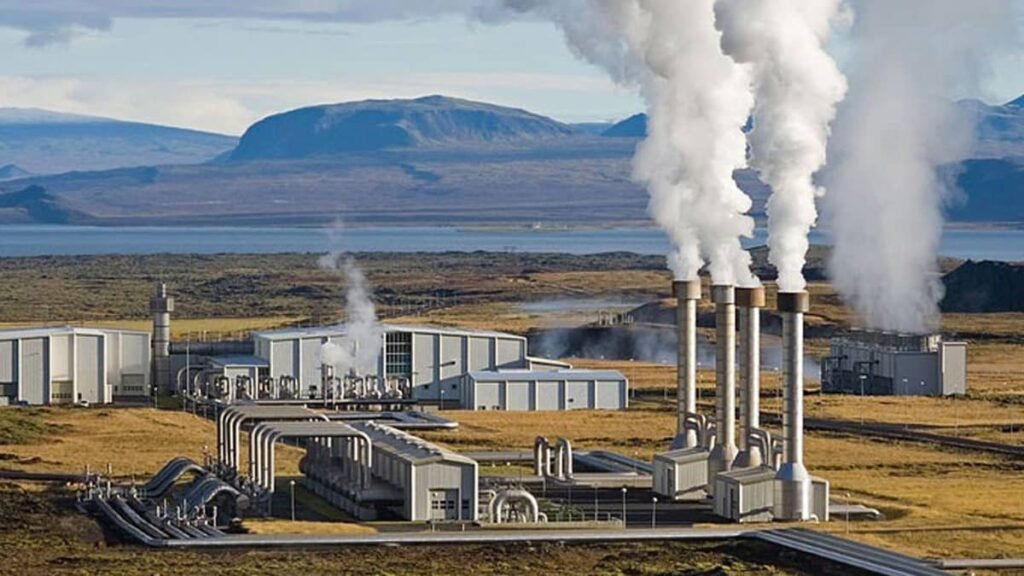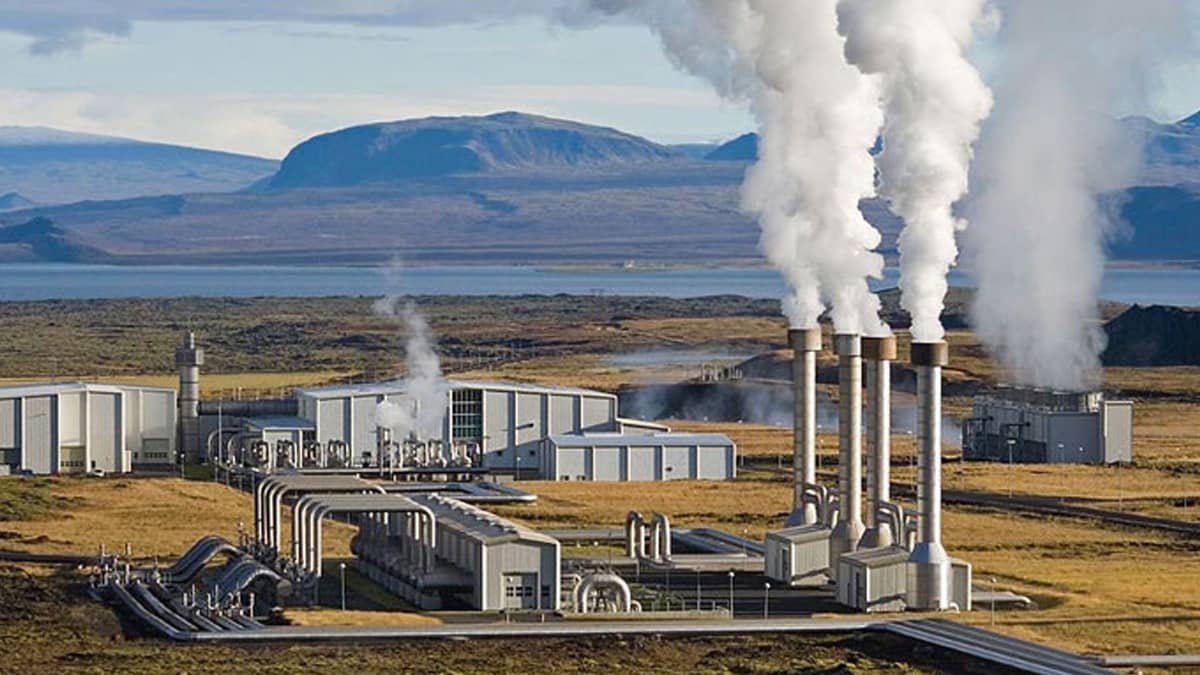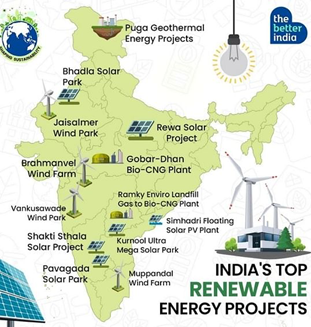
Context
The Oil and Natural Gas Corporation (ONGC) plans to map the geothermal energy sources of India in search of clean energy.
What is Geothermal Energy?
- Geothermal energy is heat that is generated within the Earth.
- Geothermal energy is stored in the form of heat beneath the earth’s surface
- Type: Renewable resource
- Source: It is contained in the rocks and fluids beneath the earth’s crust and can be found as far down as the earth’s hot molten rock, magma.
- Impact on environment: clean and carbon-free.
- Process: A series of wells is used to generate steam from the Earth’s internal heat energy and fed to the power plant to generate electricity
Geothermal Energy in India
- Geothermal province: There are seven geothermal provinces and a number of geothermal springs in India.
- Total potential: According to the ministry of new and renewable energy, India has the potential to generate 10 gigawatts (GW) of geothermal power.
- Major regions: Ladakh (Puga and Chumathang regions) has been identified as the most resource-rich region in terms of geothermal energy in the country.
- Apart from Ladakh, there is abundant potential in Himachal Pradesh too which has several sources of geothermal energy along the rivers Alaknanda, Sutlej, Beas and Bhagirathi.
- Efforts are also underway to utilize geothermal energy from oil and gas wells in the Gandhar oil field of ONGC’s Ankleshwar asset in Gujarat.
India’s Top Renewable Energy Projects
|
About Maharatna ONGC
|





